Bodies move differently in wild spaces. But brambles or stinging nettles are suggestive of how to move your body in a different way than the way a television set invites you to pay attention. Wild spaces put your senses and synapses to work in a way that is qualitatively different from simply following the orders being barked at you from a mowed lawn, sidewalk, or shopping mall. Wild spaces welcome you like a family reunion in the country in an era when family members could not always be counted on fingers and toes. Grandparents, cousins, aunts, uncles, nephews and nieces are everywhere, some familiar and some you will be meeting for the first time. Time spent in wild spaces always leaves me feeling connected to something bigger than myself, but bigger in a familial, partnering sense, not the oppressive sense of an overwhelming authority that can be neither challenged nor overcome.
Several years ago, while researching Last Child in the Woods, I visited Southwood Elementary, the grade school I attended when I was a boy growing up in Raytown, Missouri. There, I asked a classroom of children about their relationship with nature. Many of them offered the now-typical response: they preferred playing video games; they favoured indoor activities – and when they were outside, they played soccer or some other adult-organized sport. But one fifth-grader, described by her teacher as “our little poet,” wearing a plain print dress and an intensely serious expression, said, “when I’m in the woods, I feel like I’m in my mother’s shoes.” To her, nature represented beauty, refuge, and something else. “It’s so peaceful out there and the air smells so good. For me, it’s completely different there,” she said. “It’s your own time. Sometimes I go there when I’m mad – and then, just with the peacefulness, I’m better. I can come back home happy, and my mom doesn’t even know why.” She paused. “I had a place. There was a big waterfall and creek on one side of it. I’d dug a big hole there, and sometimes I’d take a tent back there, or a blanket, and just lay down in the hole and look up at the trees and sky. Sometimes I’d fall asleep back there. I just felt free; it was like my place, and I could do what I wanted, with nobody to stop me. I used to go down there almost every day.” The young poet’s face flushed. Her voice thickened. “And then they just cut the woods down. It was like they cut down part of me.” (1)
Our society must do more than talk about the importance of nature; it must ensure that people in every kind of neighbourhood have everyday access to natural spaces, places, and experiences. To make that happen, this truth must become self-evident: We can truly care for nature and ourselves only if we see ourselves and nature as inseparable, only if we love ourselves as part of nature, only if we believe that human beings have a right to the gifts of nature.
The little girl in Raytown may not have a specific right to that particular tree in her chosen woods, but she does have the inalienable right to be with other life; to liberty, which cannot be realized under protective house arrest; and to the pursuit of happiness, which is made whole by the natural world.
So do you. (2)
(2) Louv, Richard. The Nature Principle: Reconnecting with Life in Virtual Age. Chapel Hill, N.C: Algonquin Books, 2012. p. 269.


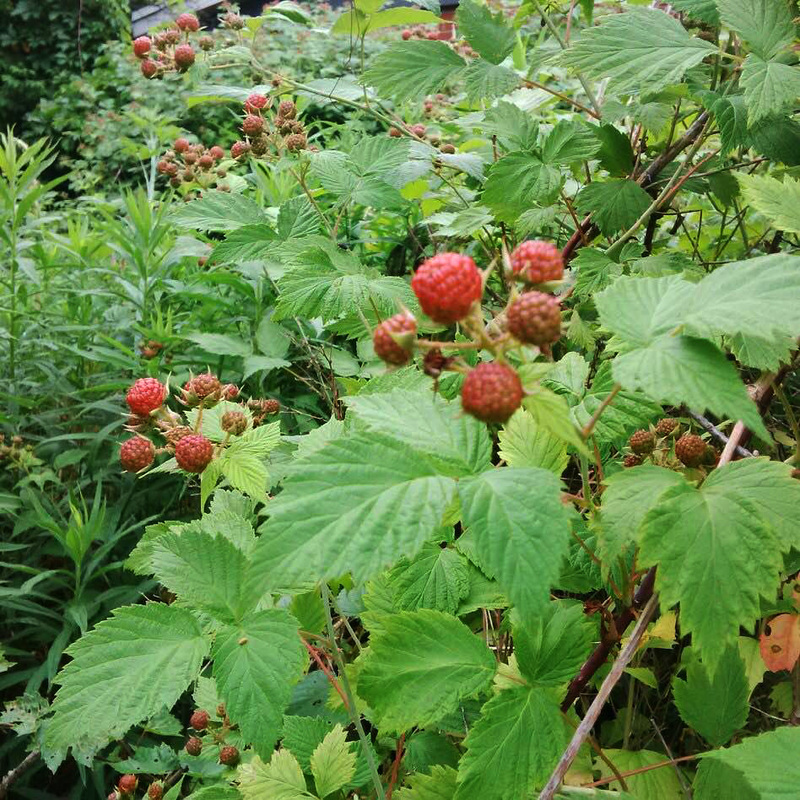
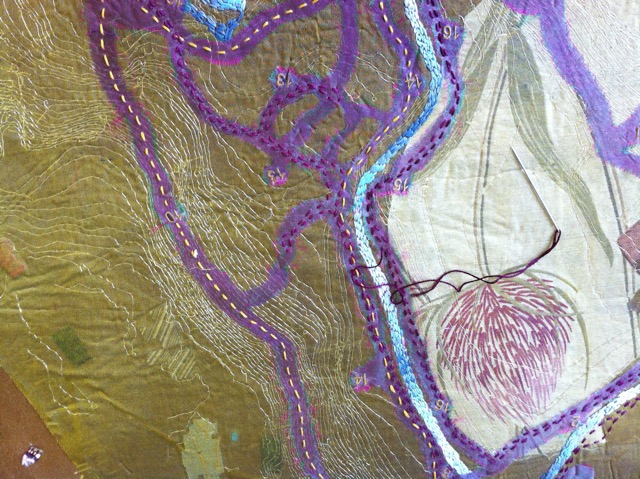


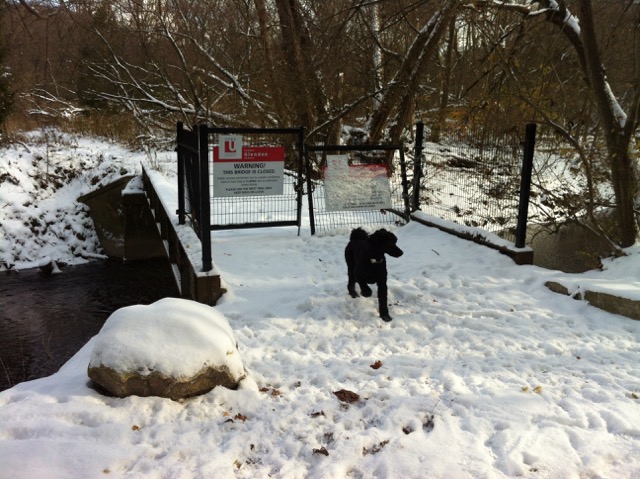

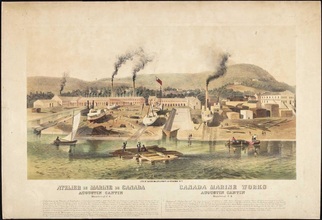
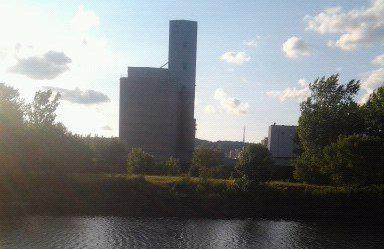
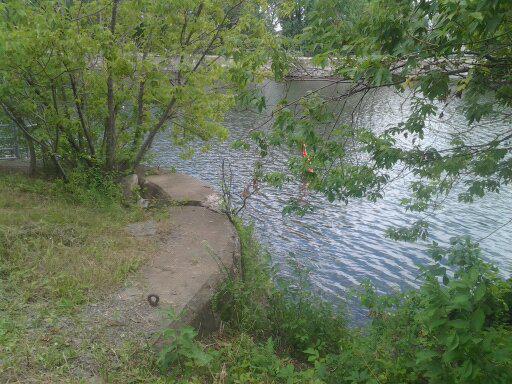


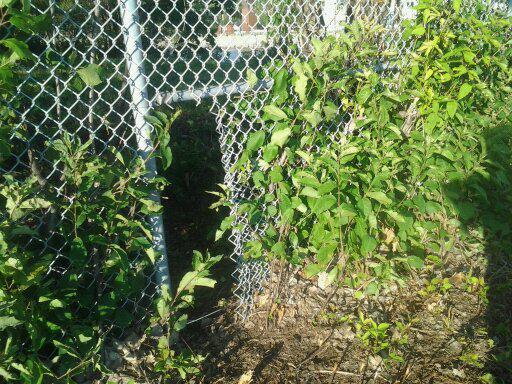
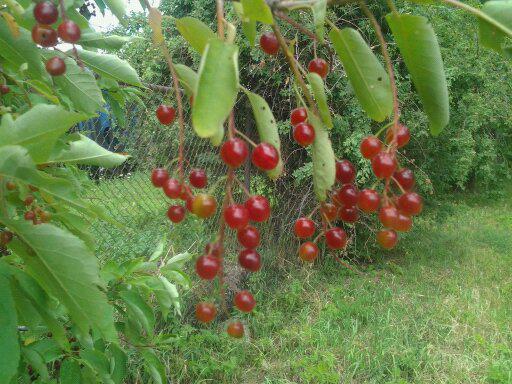



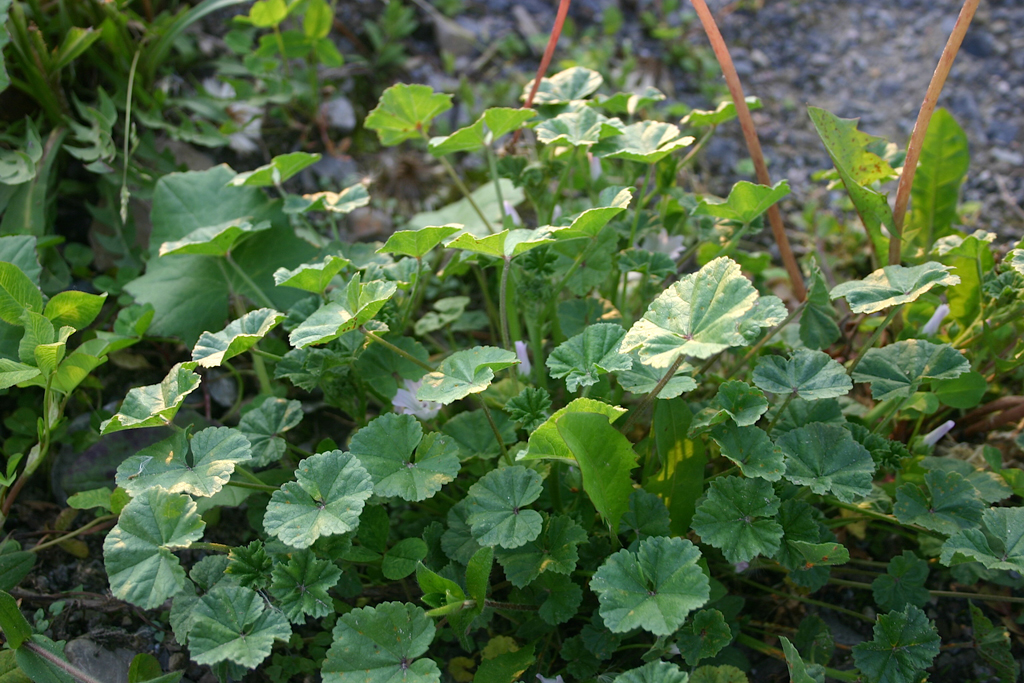
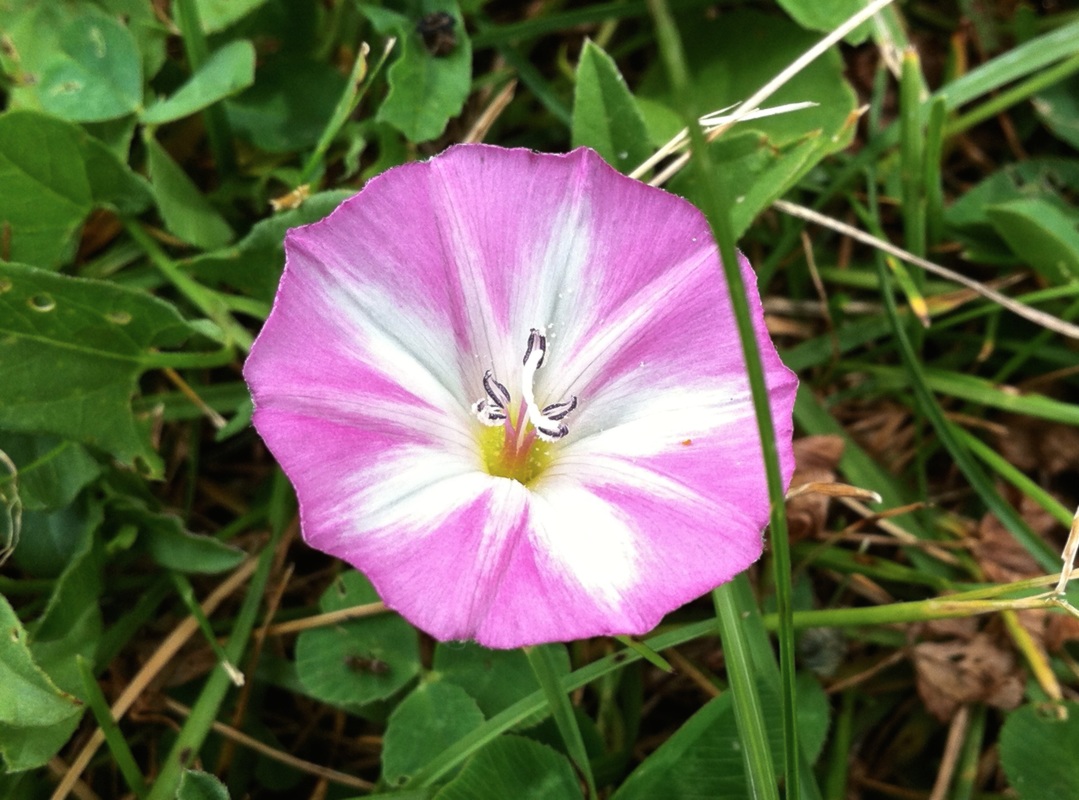

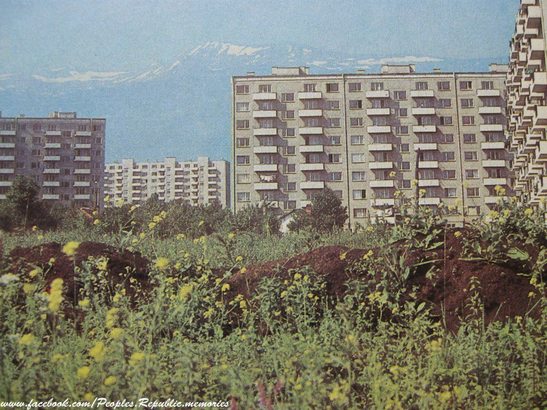


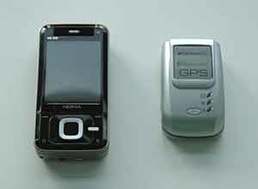

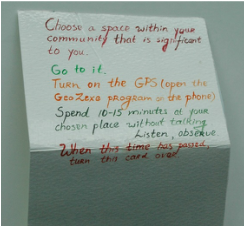
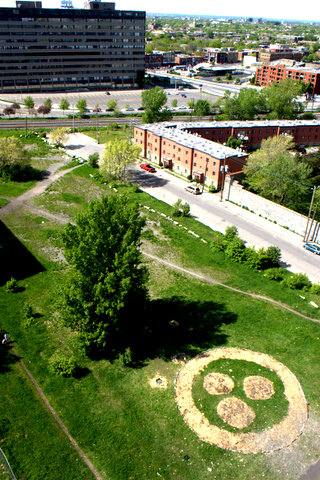

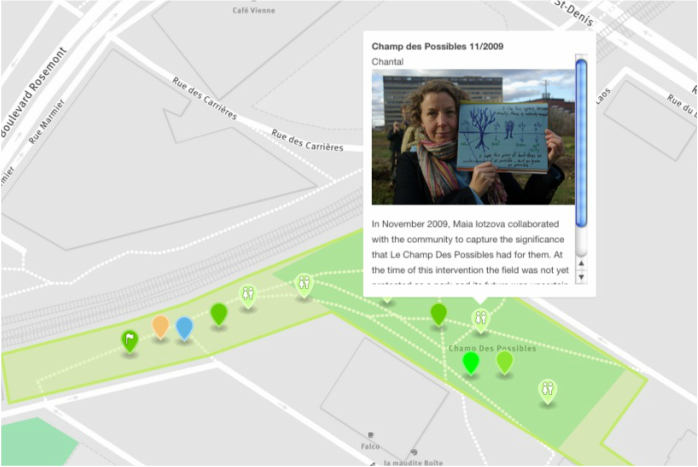
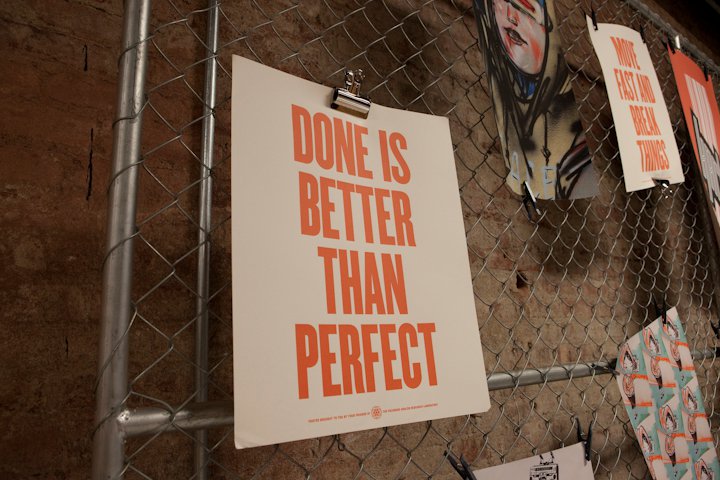
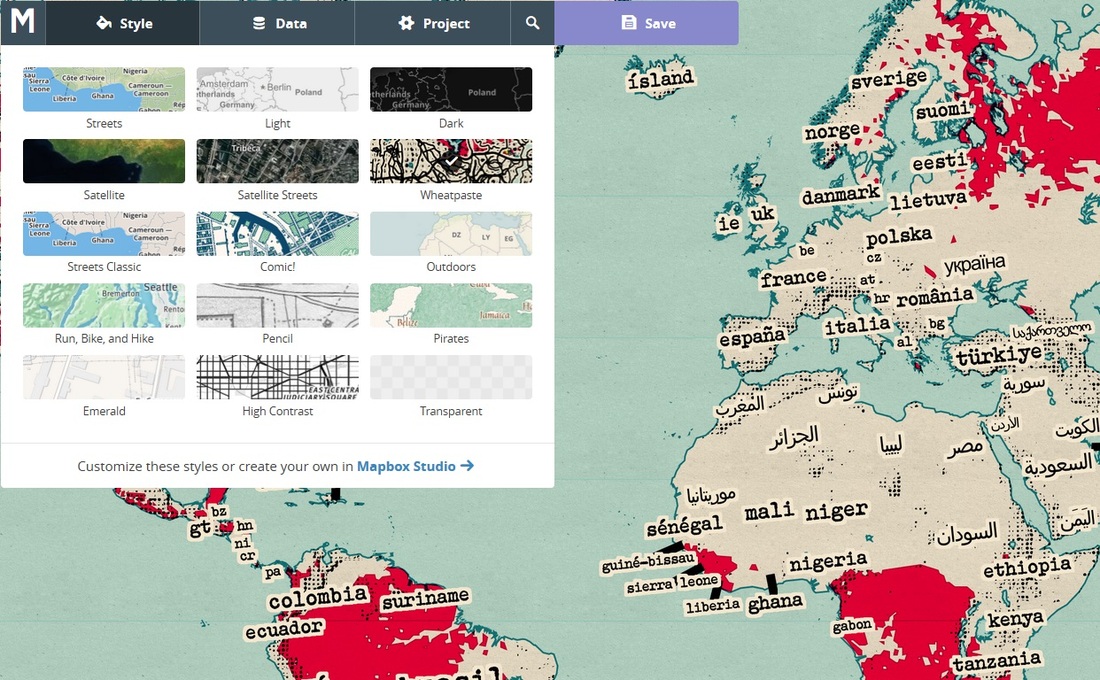
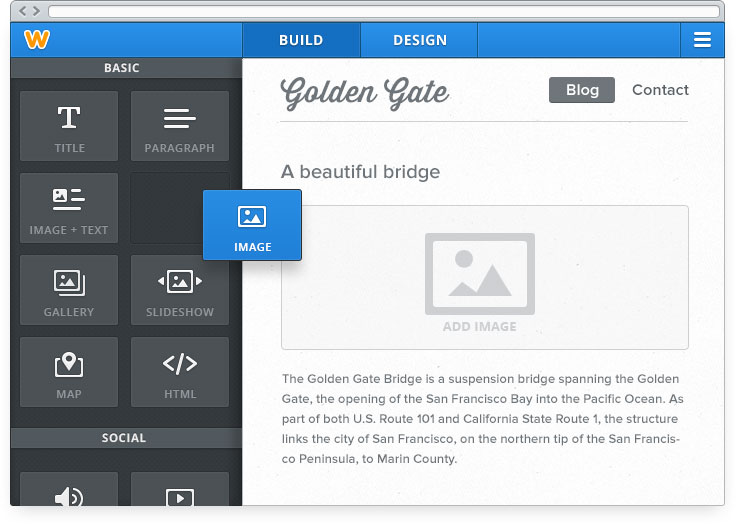

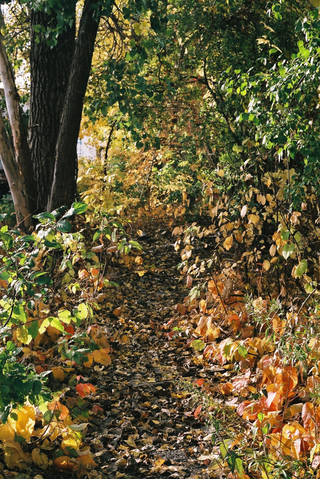
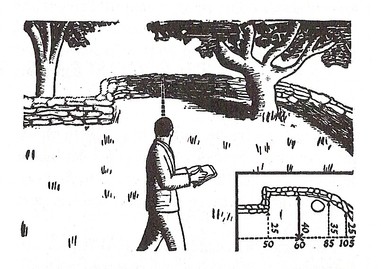




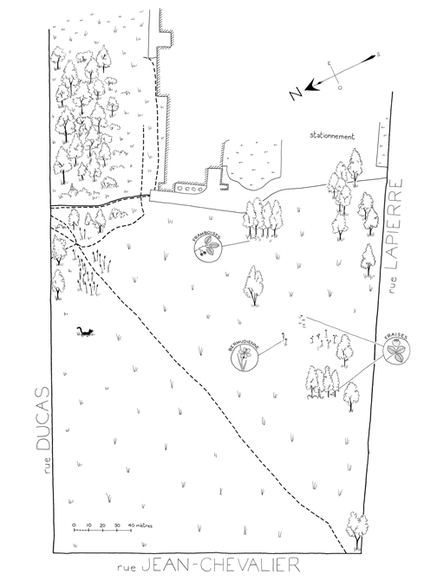
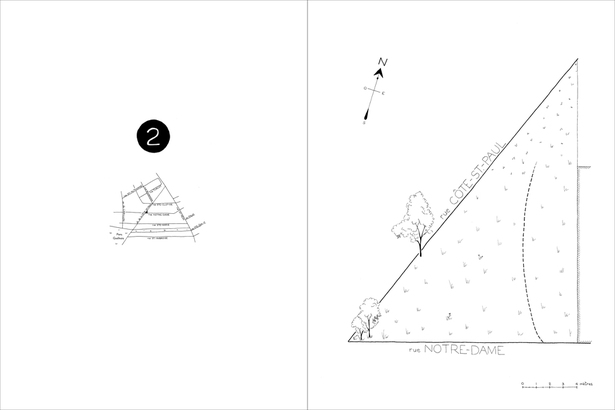
 RSS Feed
RSS Feed
